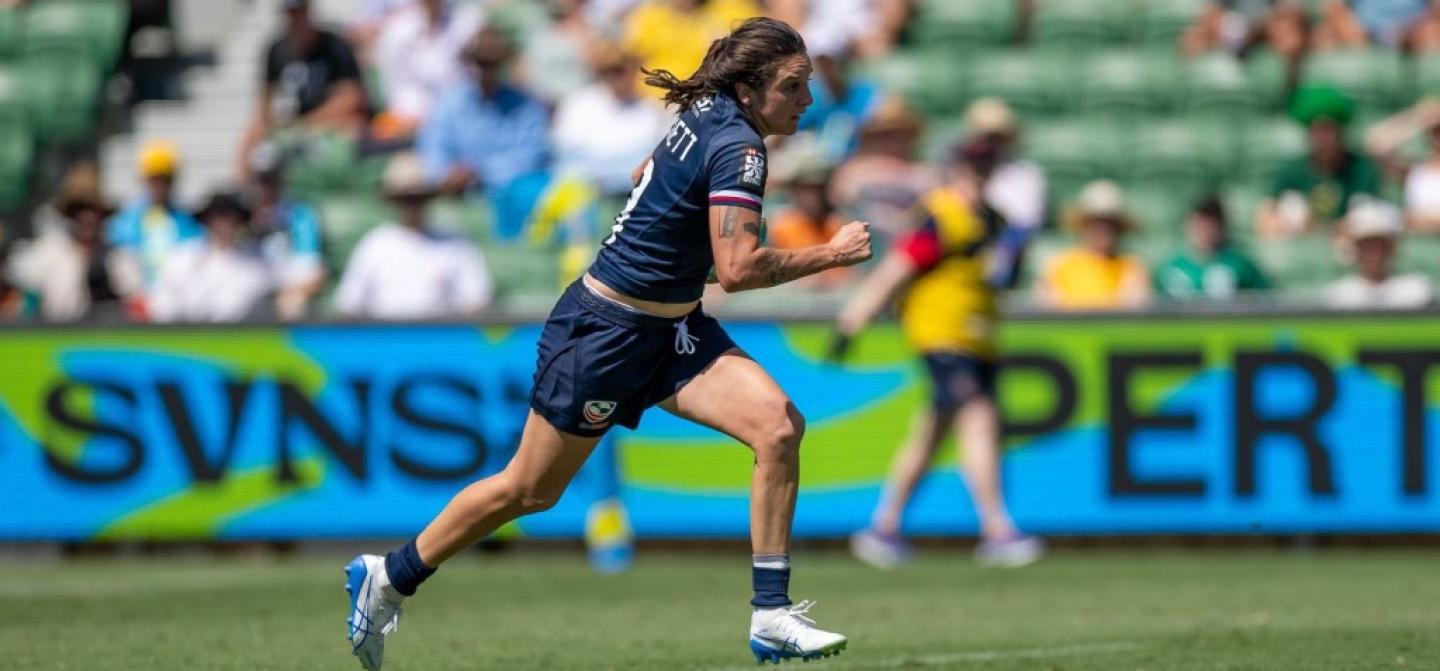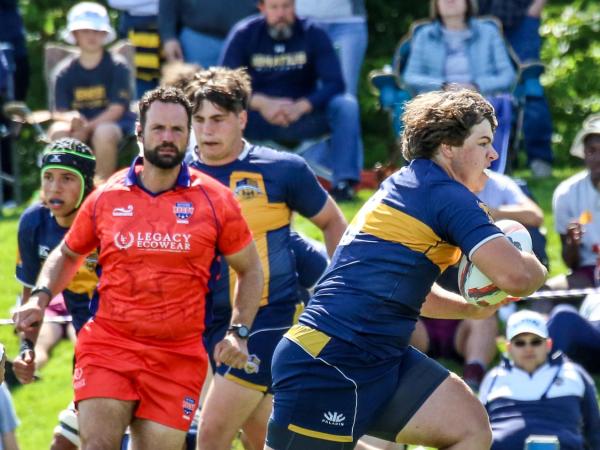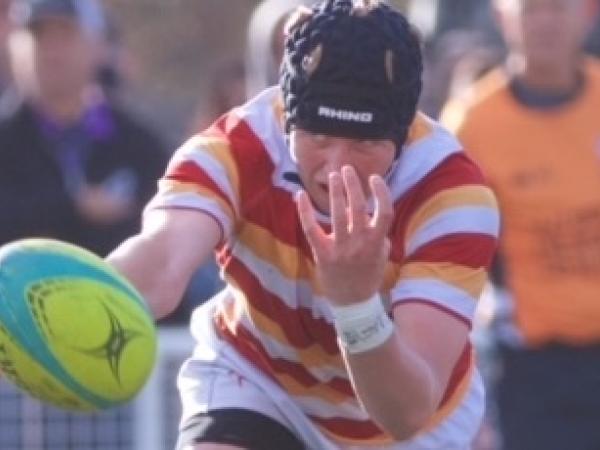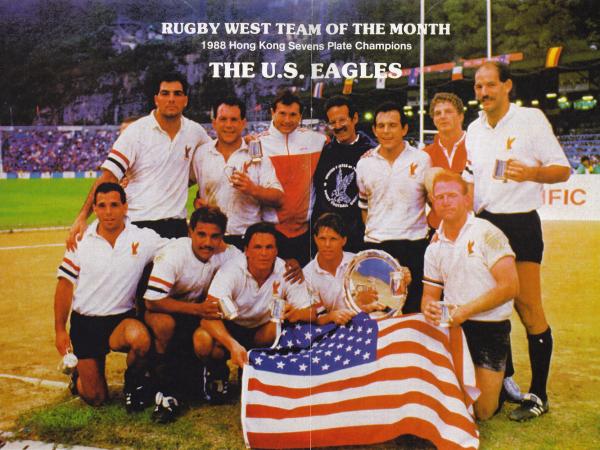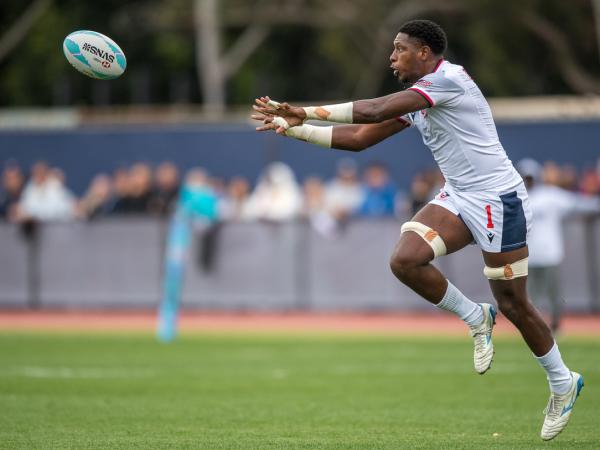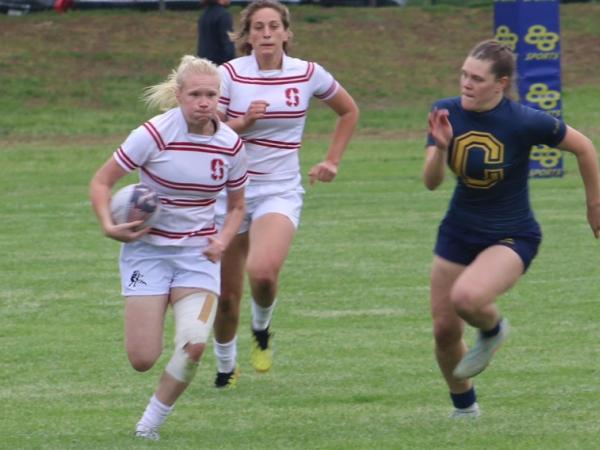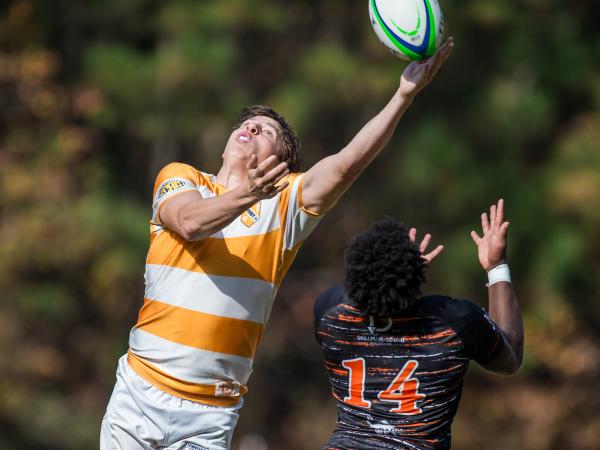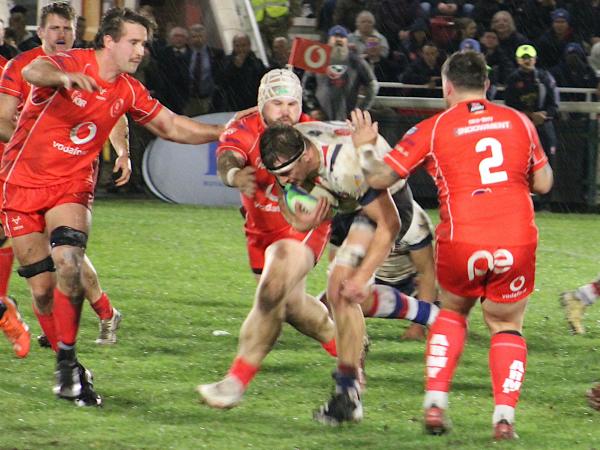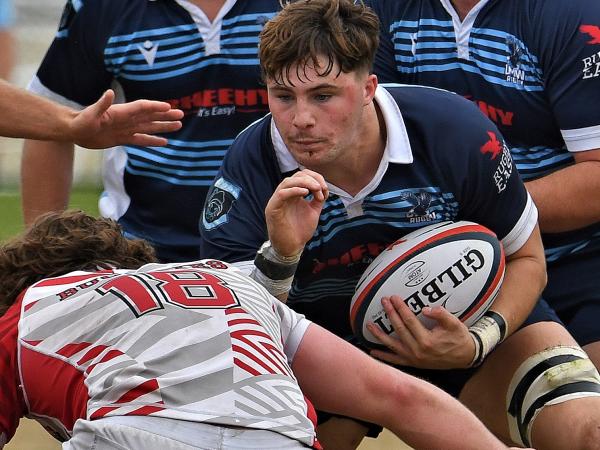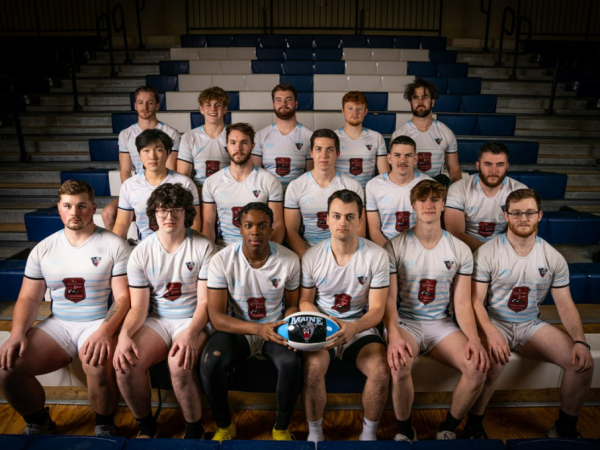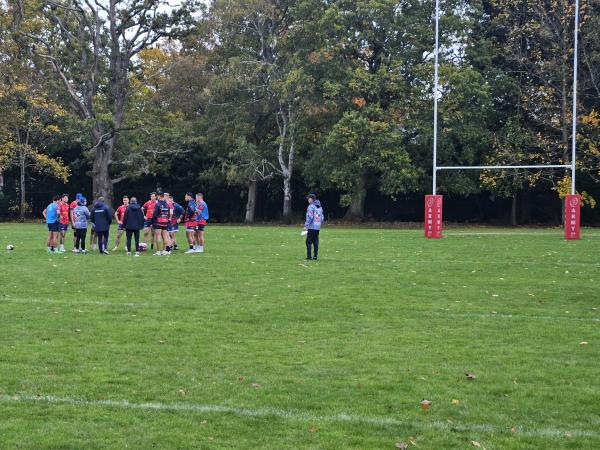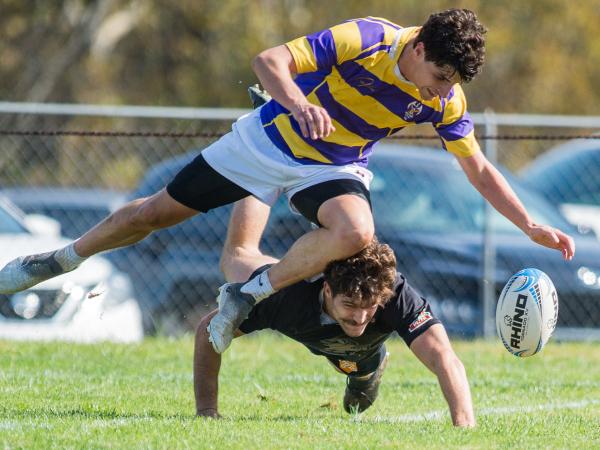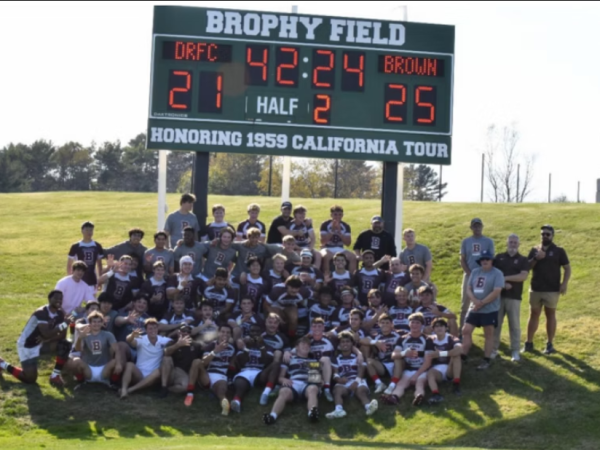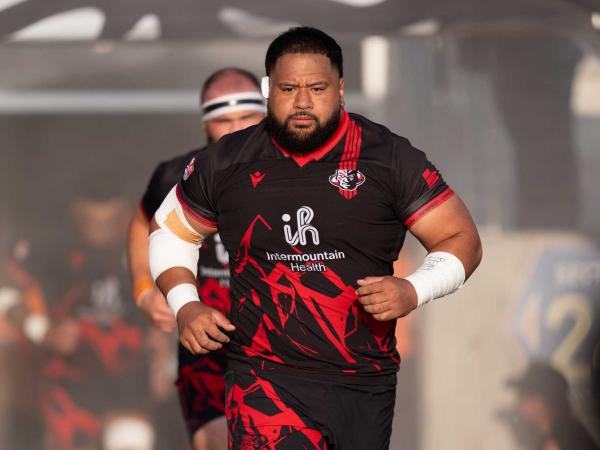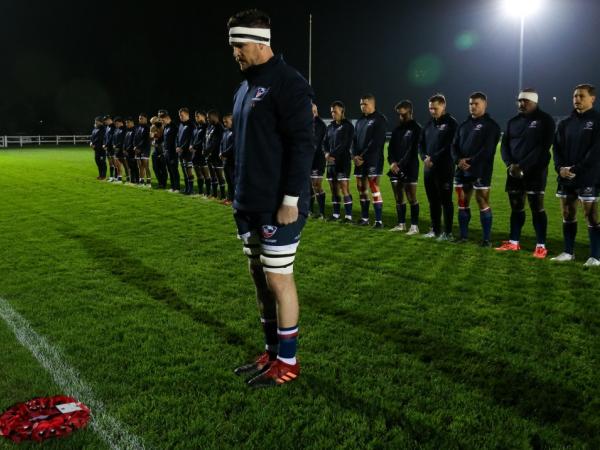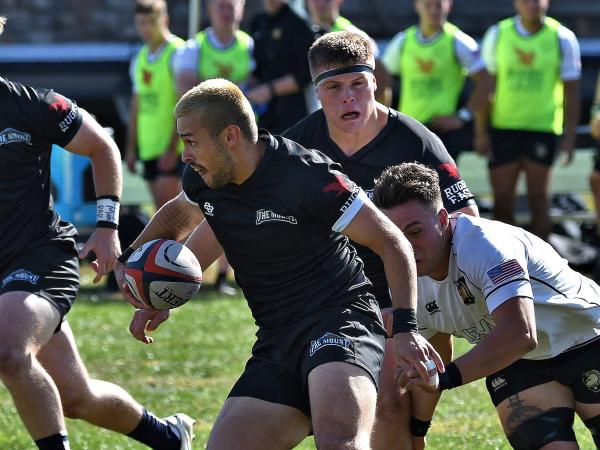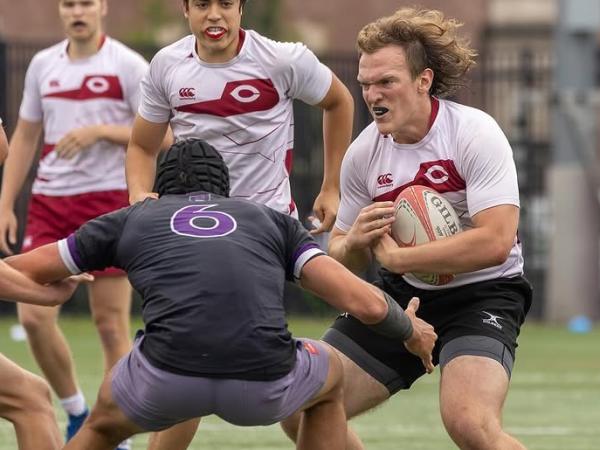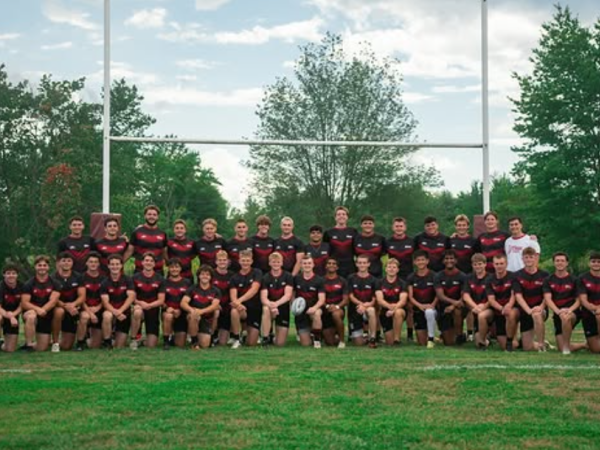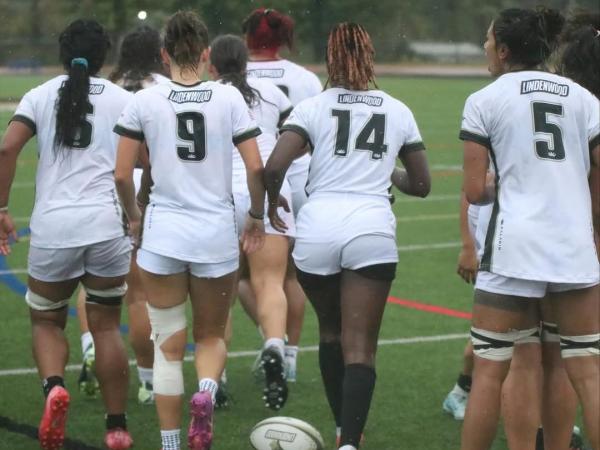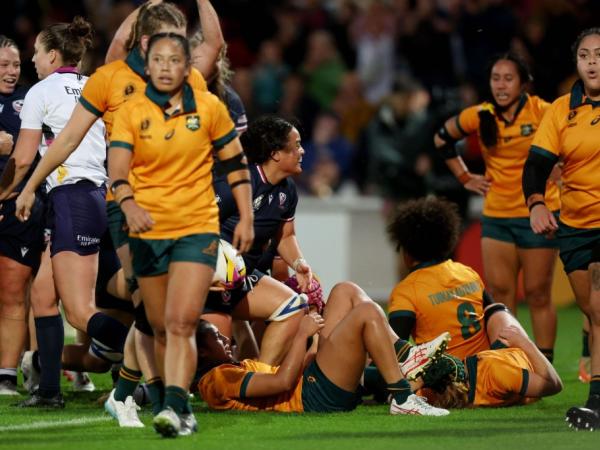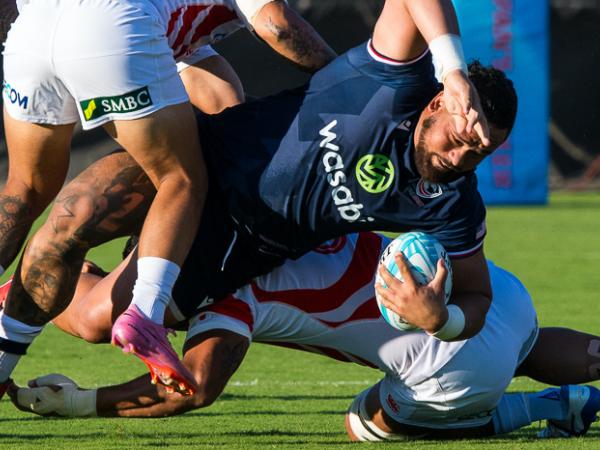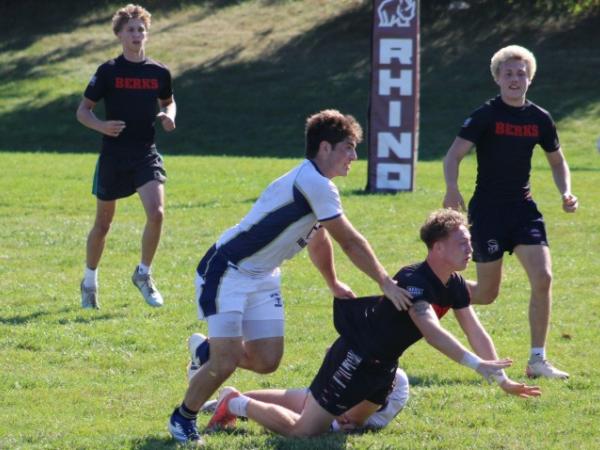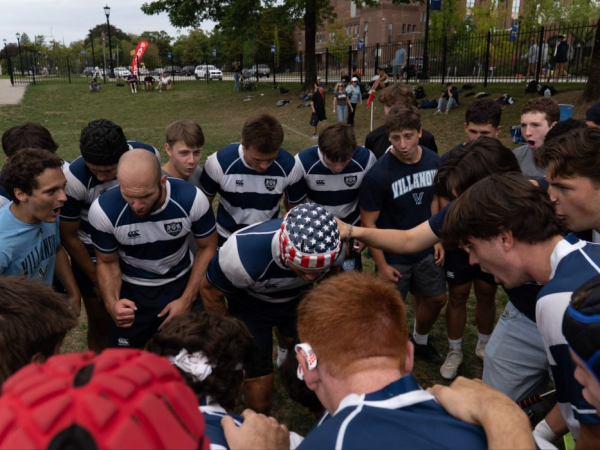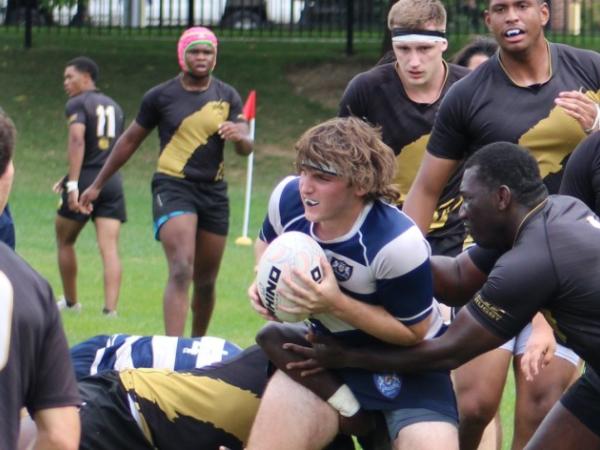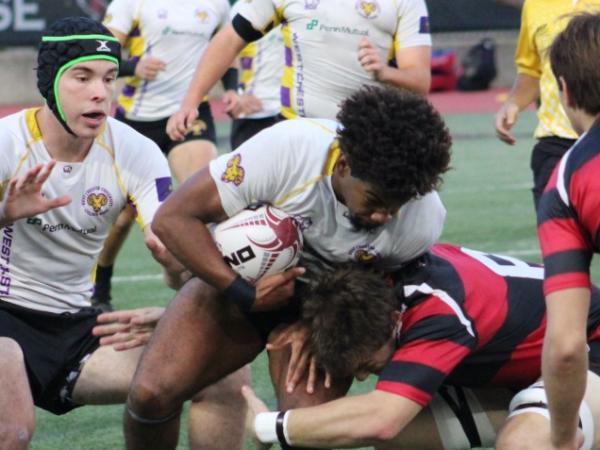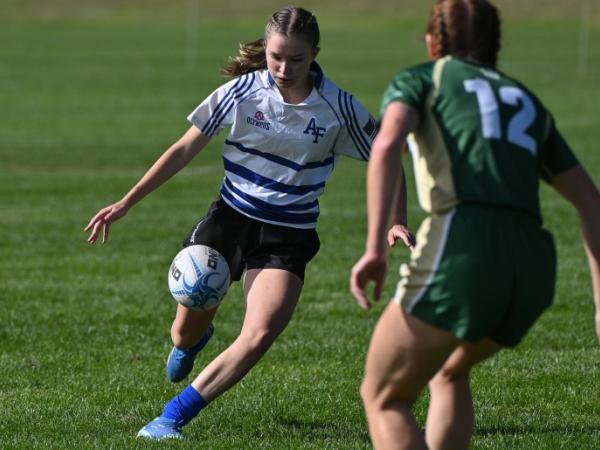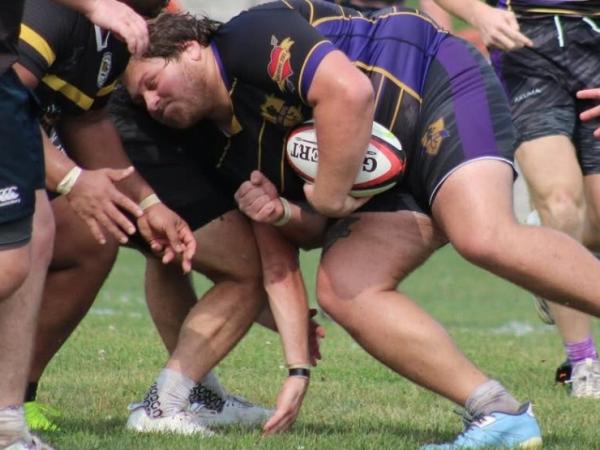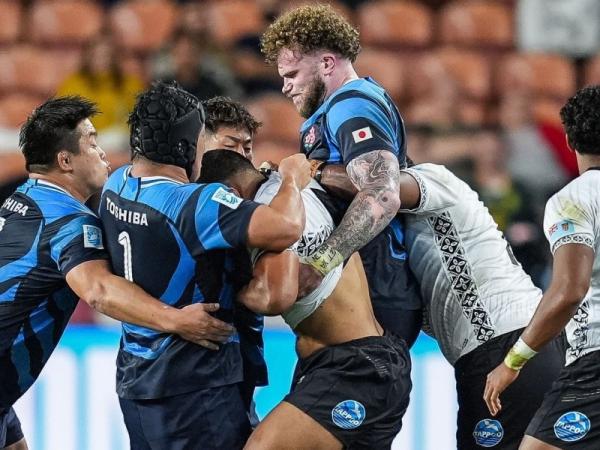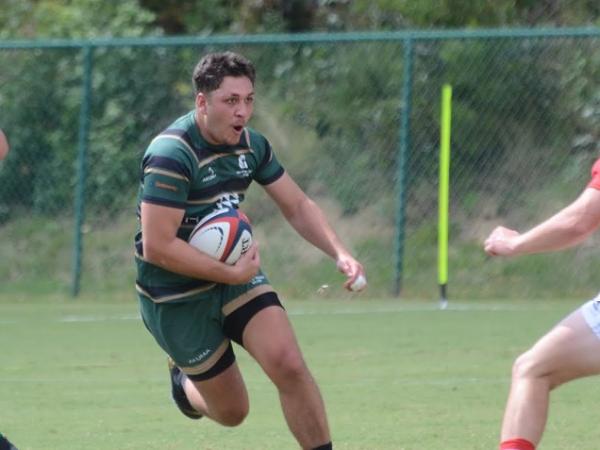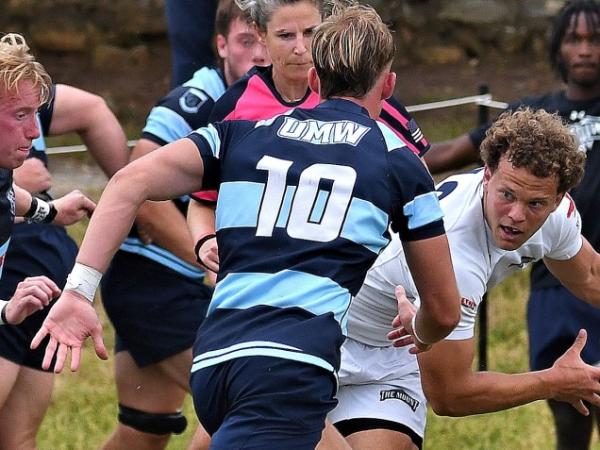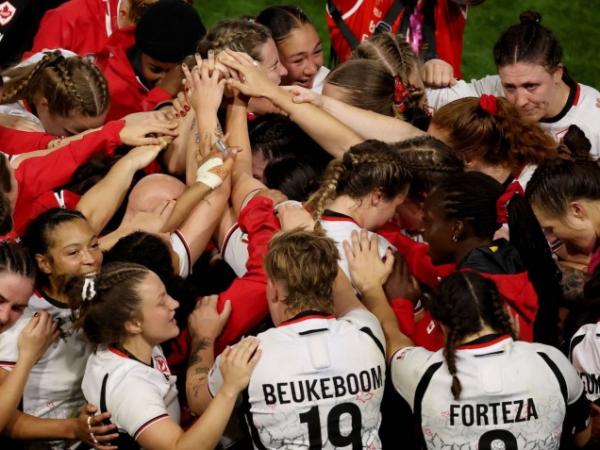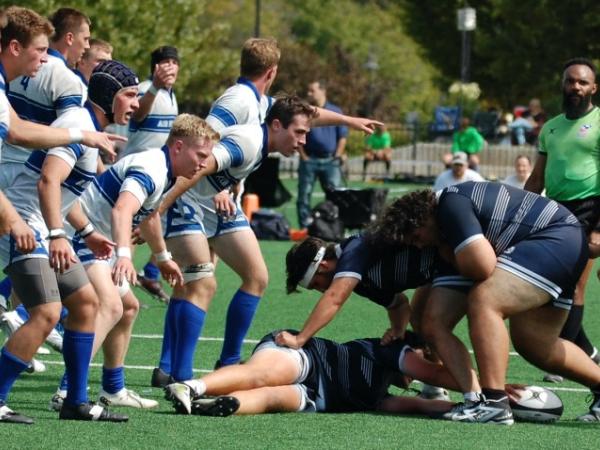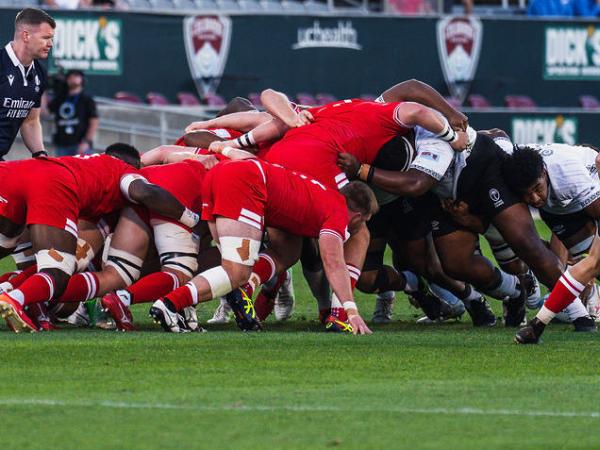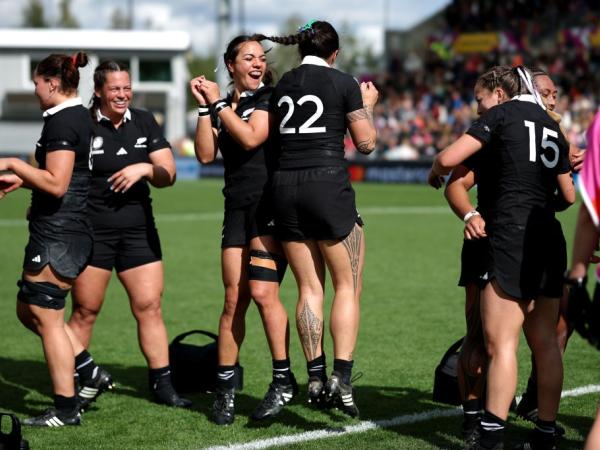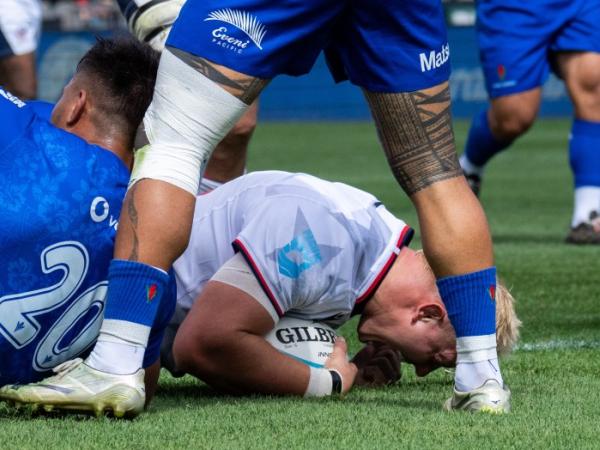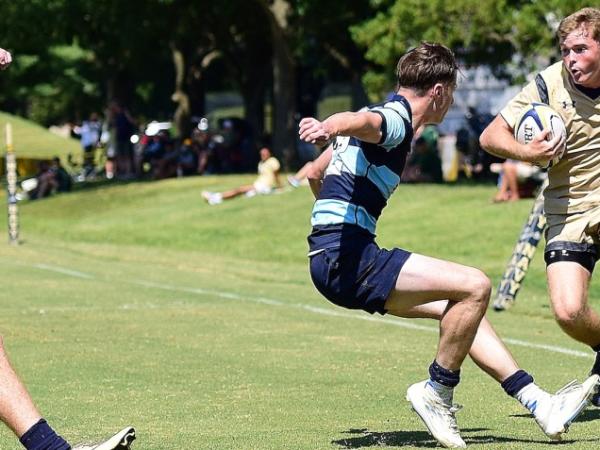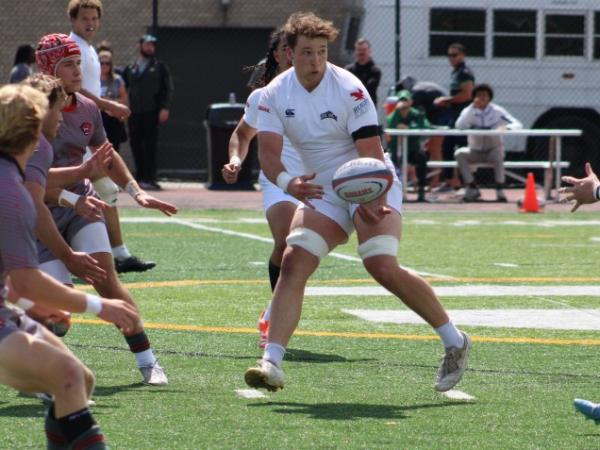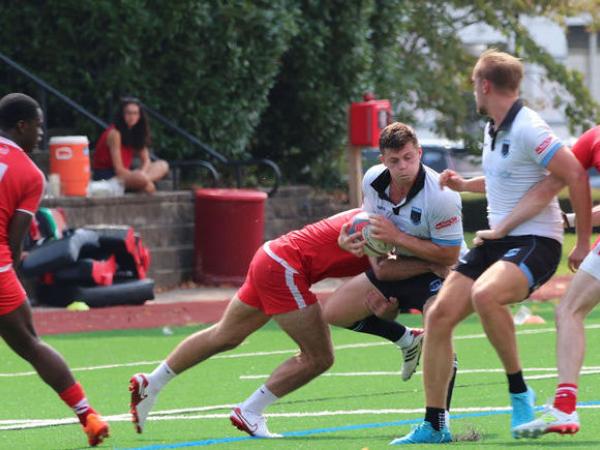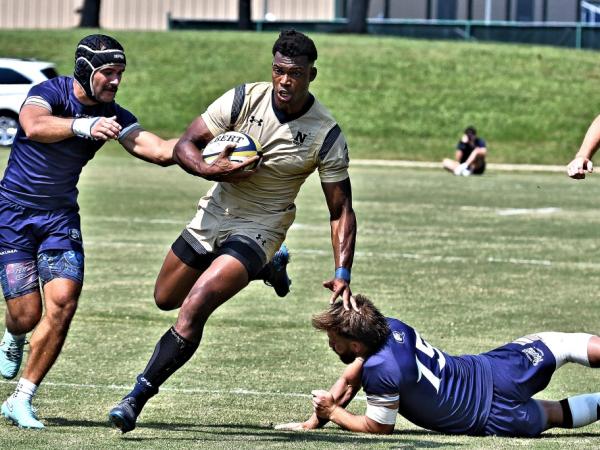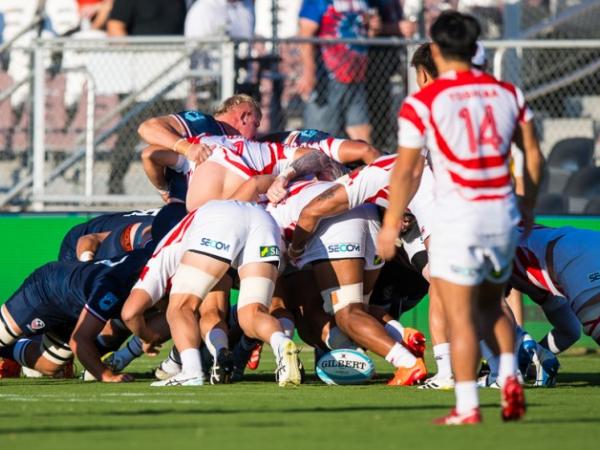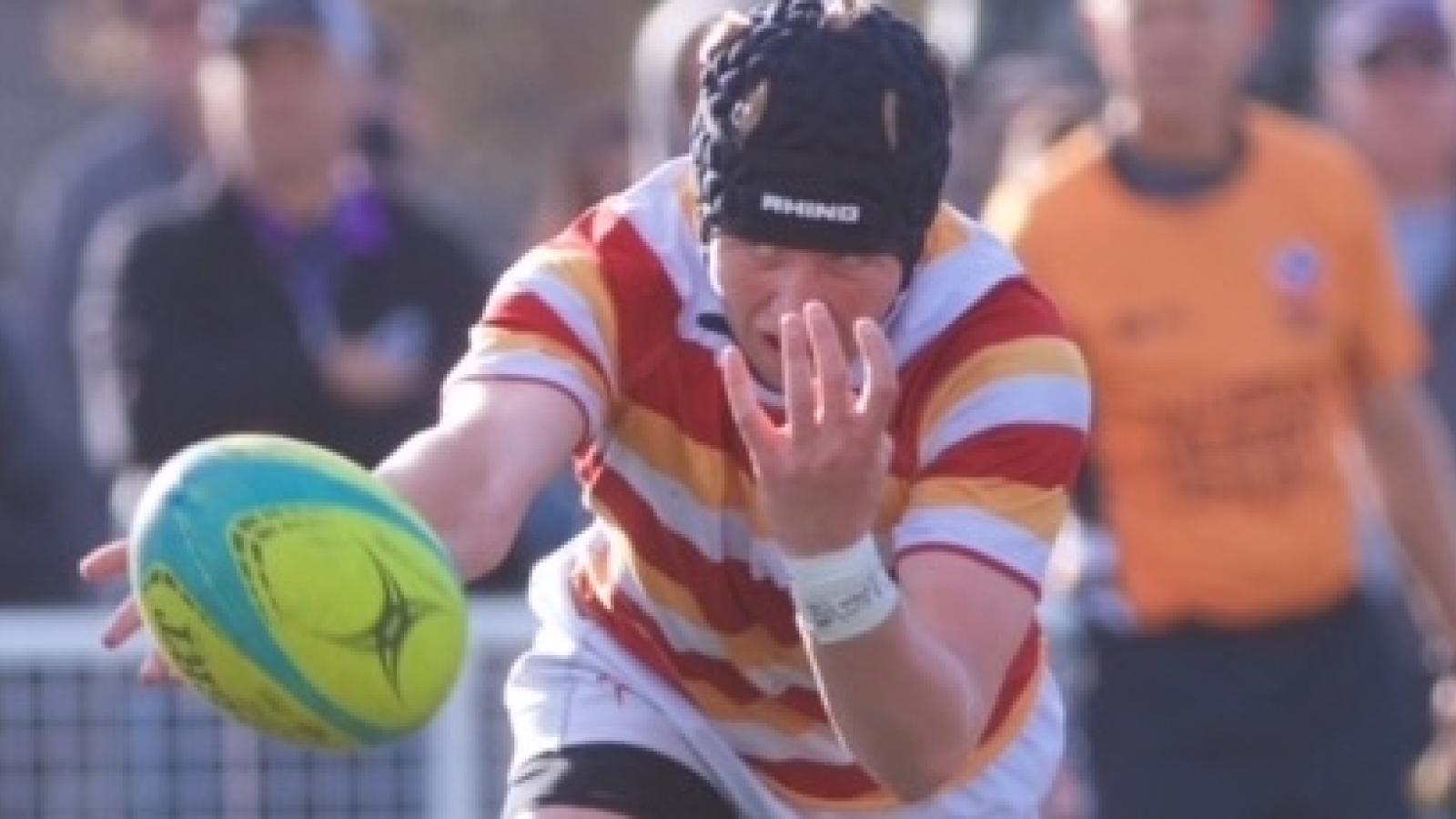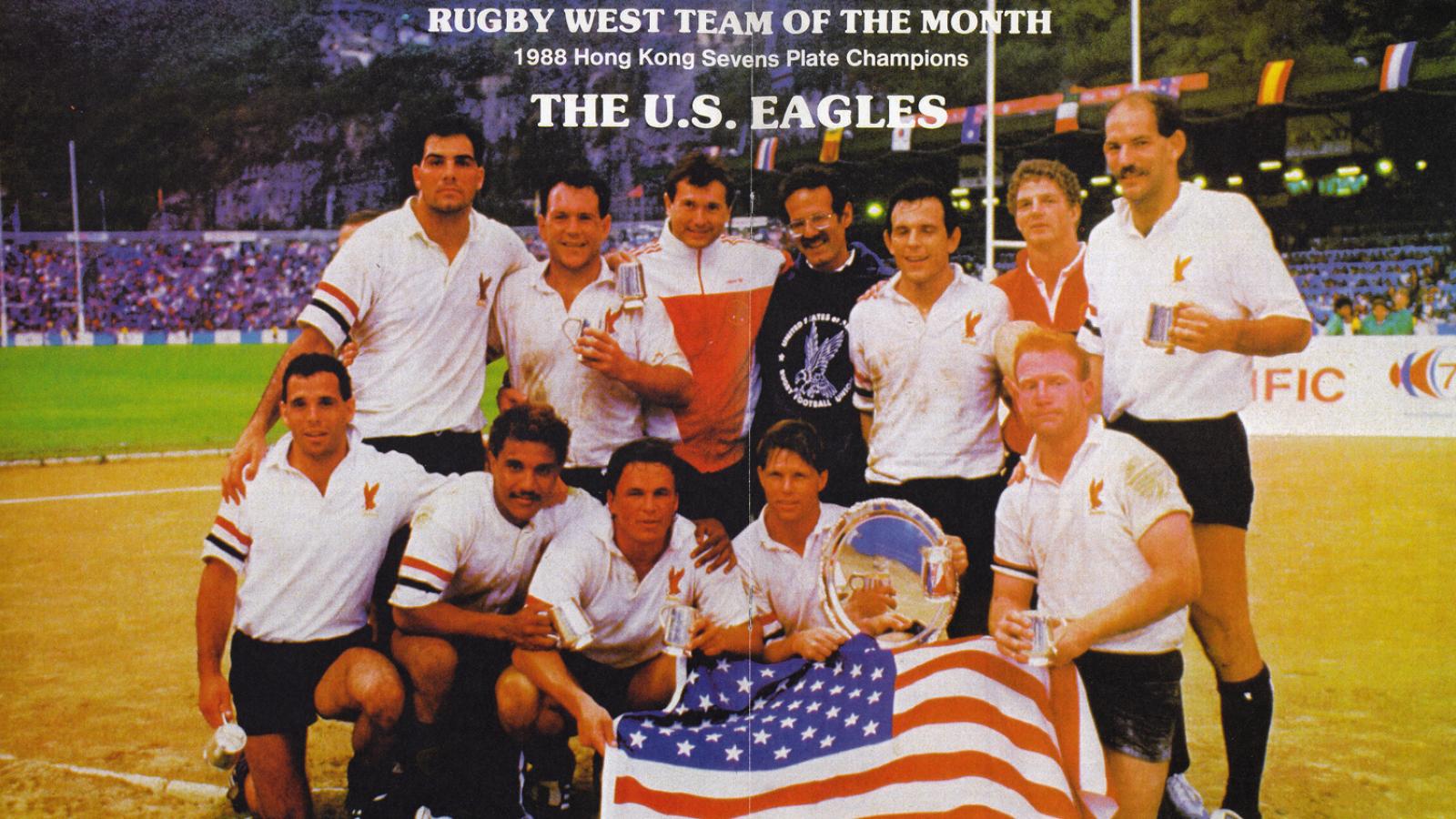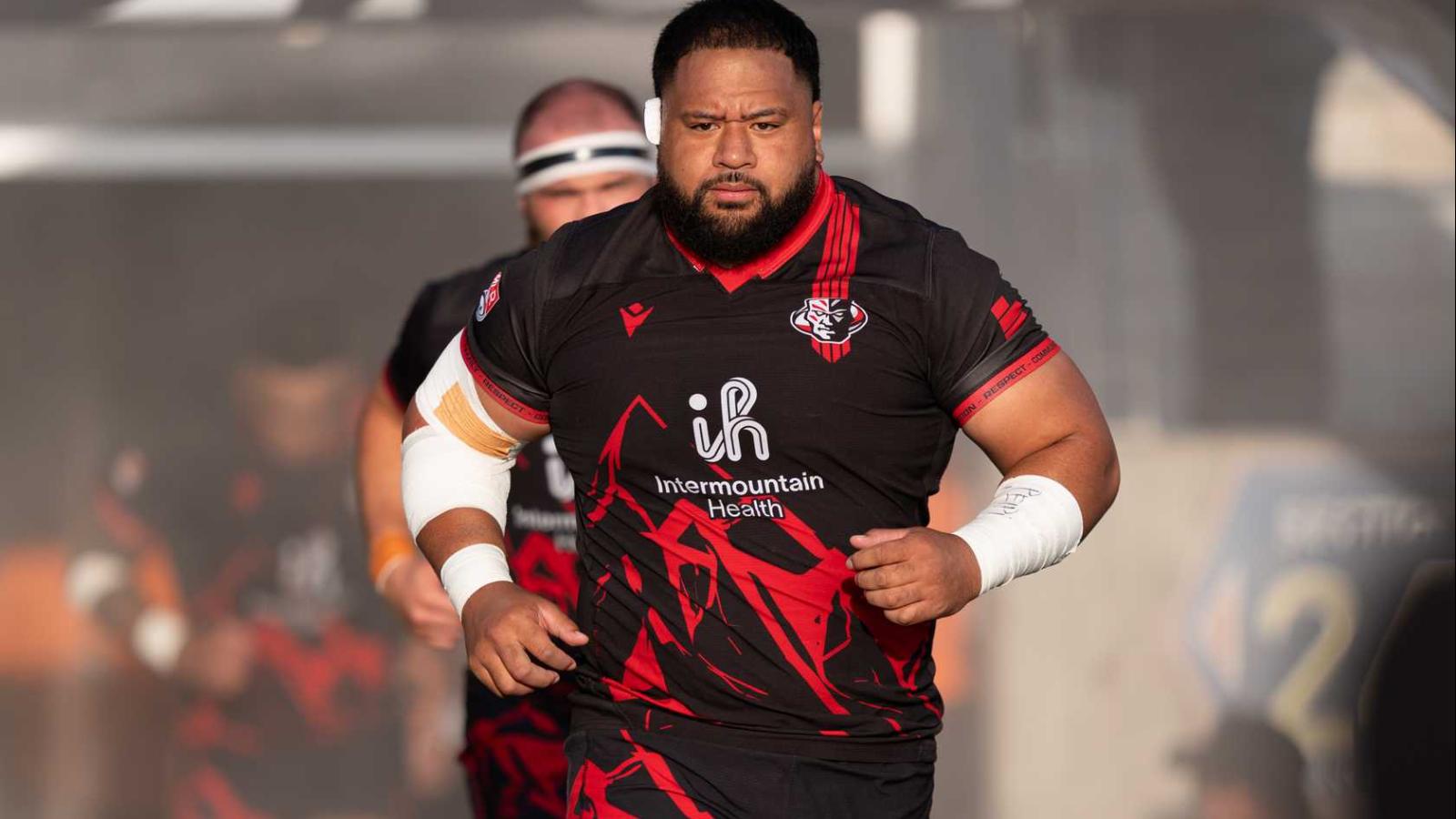International 7s coaches talk a lot about fitness, but that word can mean a lot of things.
It can mean in-game fitness—going all-out for two straight minutes in what is essentially a full sprint. It can mean all-game fitness—high intensity for 14 minutes. It can mean full-tournament fitness. That one is a tough one. For a 15s international player, yes they expend a ton of energy, but once you’re subbed iff (with exceptions) that’s it. You have, hopefully, emptied the tank and you’re done for the day.
In 7s, you can empty the tank and know you have to be ready to do it again and again.
This is a factor for both USA teams.
With travel also being tough, maintaining physical and mental energy throughout a tournament, even when you’re almost finished.
In both final games in Perth, some members of the USA team looked tired. Not everyone, and it wasn’t through a lack of desire, but some players just were either physically tired or (and you can tell) their brains were too slow to react to a situation.
All of these little things, sometimes just a second’s hesitation, led to two close losses on Sunday.
USA Women Take 6th
This 5th-place final vs Japan was eminently winnable. But Japan used their speed and energy (and a couple of very favorable calls) to beat the USA 27-22 on the final play of the game.
Two early tries by Ariana Ramsey staked the USA to a 10-0 lead. But some quick decisions by Japan led to a try on a pick-and-go. However, that try happened because Japan played the ball on the ground when they were being rucked off the ball. It was clear as day and no one called it.
Nice interplay between Alyssa Porter and Kayla Canett for Canett to score. 15-5 USA.
Japan then scored on a quick lineout. We will discuss a bit later how that came to pass.
A knock-on by the USA in their 22 led to the tying try. Now it was clear that the USA was moving slower than the Japanese. Their decision-making and execution started to suffer.
Still they scored a very nice try with Autumn Locicero setting up Jessica Lu for a long run. That made it 22-15. It is possible, here, that the Eagles saw the barn door here. There wasn’t much time left and they had a lead.
But that would have been a mistake. Japan scored off a 2-on-1 on the weak side. This try was not Autumn Czaplicki’s fault. She picked the player with the ball and made her tackle. The fault lay in the fact that the USA team didn’t bump out to cover a large weak side. That’s what we mean when we talk about fatigue affecting decision-making.
So as time expired the USA players were now chasing every ballcarrier. They pulled themselves out of position and opened it up for Japan to win the game.
So, 6th place is nice, but this is a team capable of much more. They produced two good wins at the beginning of the tournament but lost three straight after that. There is work to do.





